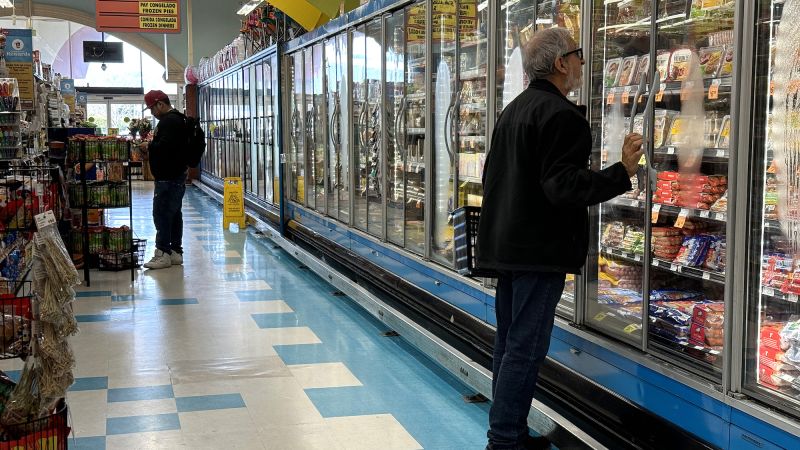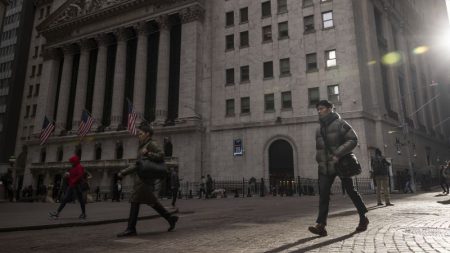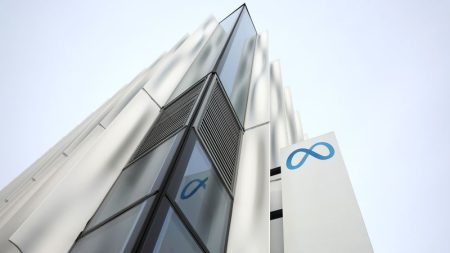The US economy experienced a slowdown in the first quarter of the year, with the gross domestic product growing at an annualized rate of 1.6%, below economists’ projections. Imports played a significant role in the decline, as did a decrease in inventory investment and government spending. Despite the slowdown, consumer spending remained a key factor in driving economic growth during this period. The Federal Reserve has indicated that it is not in a rush to cut interest rates, as inflation has also slowed but not enough to warrant immediate action.
Despite the weaker-than-expected GDP reading, the economy remains healthy, with employers continuing to hire and workers experiencing wage gains. While economists and policymakers expect further slowing of momentum this year, a recession is not anticipated. Consumers are adjusting their spending habits in response to high interest rates and inflation, but as long as the job market remains solid, spending is expected to continue. The latest GDP reading has dampened concerns about the economy overheating, leading to speculation that rate cuts could come sooner than previously expected.
Consumer spending played a crucial role in maintaining economic stability in the first quarter, with outlays responsible for the majority of growth. Visa, the world’s largest payment processor, reported strong earnings due to resilient consumer spending across all segments. However, rising credit card debt levels and delinquencies are areas of concern for the Fed. While Chicago Fed President Austan Goolsbee noted that consumer debt levels are not yet alarmingly high, any significant increase in delinquencies could indicate trouble ahead.
The Federal Reserve is closely monitoring economic indicators to determine the appropriate course of action regarding interest rates. While the pace of inflation descent has stalled in recent months, the Fed is waiting for further evidence of inflation under control before considering rate cuts. The resilience of the economy is providing central bankers with confidence in their wait-and-see approach. As Fed officials prepare for their upcoming meeting to discuss interest rates, the decision on potential rate cuts will be influenced by the ongoing economic trends and consumer behavior.
The Dow, S&P 500, and Nasdaq Composite all experienced declines in response to the weaker-than-expected GDP reading, signaling potential concerns among investors. The possibility of rate cuts sooner than expected could impact market dynamics and investor sentiment. Federal Reserve officials will convene to discuss the latest economic data and make decisions regarding interest rates. As economic growth continues at a healthy pace, the Fed’s decisions will be guided by the need to balance economic stability with inflation control.
Overall, the US economy is currently stable, with consumer spending and job market strength contributing to growth. While there are areas of concern, such as rising debt levels and potential signs of stress, the economy is expected to weather these challenges. The Fed’s cautious approach to interest rates and inflation control reflects a commitment to maintaining economic stability. By closely monitoring economic trends and consumer behavior, policymakers are prepared to make informed decisions to support ongoing growth and stability in the US economy.















